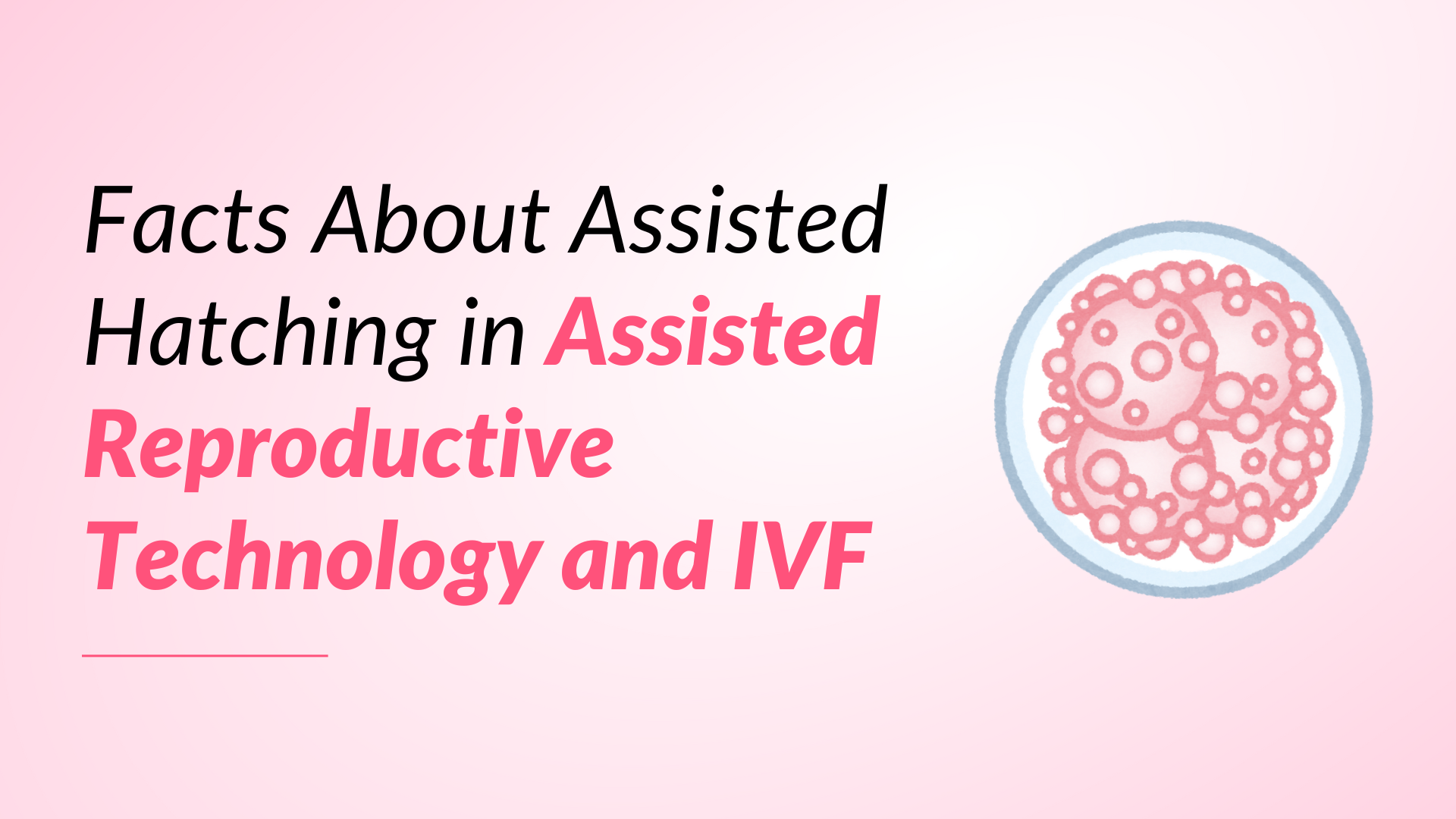Facts About Assisted Hatching in Assisted Reproductive Technology and IVF
Reviewed By: Dr. K. Harika Reddy, fertility specialist at Ferty9 Fertility Center, Secunderabad
An embryo's capacity to develop and implant is essentially determined by the quality of its originating gametes and intrinsic traits, such as its chromosomal makeup and the quality of its cytoplasm. Despite major advances in IVF and ICSI , the implantation rate of replacement embryos remains low, and it has been predicted that up to 85% of replaced embryos do not implant . Numerous ways to increase the implantation rate have been proposed and implemented. These include enhancing the embryo transfer technique , endometrial receptivity, and embryo implantability. Assisted hatching (AH) has been proposed as a way of enhancing embryo implantability. Assisted hatching (AH) is obviously becoming an important part of ART , and it is constantly improving.
Find Hope and Solutions for Female Infertility and Male Infertility — Explore Our Comprehensive Services
IUI Treatment
PICSI Treatment
Fertility Preservation Service
Blastocyst Culture & Transfer Treatment
Genetic Screening & Testing
What is Assisted Hatching?
Assisted hatching is a fertility procedure used in assisted reproductive technologies (ART), especially in IVF treatments, to help embryos hatch and implant. An embryologist uses a laser to thin the zona pellucida, or outer shell, of the embryo before day three of embryo transfer, which is done in combination with an IVF cycle. This makes it simpler for the embryo to shed its cell coat and implant (attach to the uterus). An embryo's chances of hatching and successfully implanting are increased by a punctured zona pellucida.
Why is Assisted Hatching Used in IVF?
Assisted hatching may assist in enhancing pregnancy odds in those patients who failed to get pregnant in previous IVF cycles or those with a poor prognosis. Often, these unsuccessful cycles occur because the embryo fails to implant within the uterus. Experts do not advocate assisted hatching for all patients undergoing assisted reproduction. Assisted hatching is recommended for embryos with a thicker than normal zona pellucida in order to boost the chances of implantation. According to several research studies, assisted hatching may help enhance conception rates for specific patient groups undergoing assisted reproductive technology (ART) treatment.
The Process of Assisted Hatching
To perform assisted hatching, the embryo is carefully withdrawn from the incubator and maintained stable by a pipette. A fine, hollow needle is used to eject the acidic solution against the embryo's exterior "shell" (zona pellucida), thus creating a weaker zona pellucida facilitating implantation. The embryo will be cleaned to remove any acidic remains before being reintroduced to the incubator for a few hours. The embryo transfer procedure takes place shortly after the hatching procedure. Embryo transfer places the embryos in the uterus, where they will hopefully implant and result in a successful pregnancy. This procedure is carried out with different types of assisted reproductive technologies to enhance pregnancy outcomes.
Who Can Benefit from Assisted Hatching?
Assisted hatching has been shown to boost the odds of implantation in patients with a poor prognosis and those who have previously failed two or more cycles of assisted reproductive techniques. Women aged 37 and up, as well as patients who have had unsuccessful IVF rounds, are best suited for this assisted hatching. Women with known reproductive concerns or poor conception prospects might also seek assisted hatching to increase their overall chances of pregnancy. If the embryos to be used in an IVF cycle are found to be poor-quality embryos, they will most likely be used for assisted hatching.
Benefits of Assisted Hatching
Assisted hatching (AH) is a procedure used in in vitro fertilization (IVF) to assist embryos in implanting in the uterine wall and increase the odds of pregnancy. AH can aid embryos who are having difficulty breaking free from the zona pellucida, or "jelly coat", that surrounds them. This increases the embryo's chances of getting implanted in the uterine lining. AH can benefit individuals who have had numerous failed IVF cycles or have a poor prognosis of conceiving. Some published research has found that assisted reproductive techniques with assisted hatching result in higher pregnancy rates than IVF without hatching. The use of assisted hatching improves embryo implantation and pregnancy rates.
Advancements in Assisted Hatching Technology
AH began with mechanical approaches, in which a micropipette or specialized device was employed to crudely puncture an aperture in the zona pellucida. However, this original approach had limitations, such as the tiny embryos being readily injured. Later advancements provided chemical procedures that selectively softened the zona using enzymatic or acid solutions. These chemical-assisted hatching procedures were less invasive than mechanical approaches, offering a more delicate and sensitive approach. Laser technology then launched a new era of assisted hatching. For the first time, embryologists could construct well-defined spaces in the zona pellucida using laser-assisted hatching (LAH) technology, which provided previously unseen accuracy and control.
Assisted Hatching at Ferty9 Fertility Clinics
Ferty9 fertility clinics use cutting-edge technology to provide the best possible reproductive care.
From cutting-edge IVF to ICSI, each procedure promises precision and success. Their state-of-the-art labs and expert teams set a benchmark in fertility treatment. Personalized care combined with technology makes dreams of parenthood a reality. Assisted hatching is a specialized procedure that improves embryo implantation rates. Ferty9's innovative strategies provide ambitious parents with hope and success.
Conclusion
Assisted hatching is a groundbreaking technique in reproductive technology that improves IVF embryo implantation rates. It entails making a tiny opening in the embryo's outer shell to facilitate its adhesion to the uterine lining. This approach is especially useful for elderly women and those who have had past IVF failures. The process is carried out with precision using modern laser or chemical procedures. It increases the odds of a successful pregnancy while keeping the embryo safe. Assisted hatching continues to be a game changer, giving joy to families around the world. With its proven success, assisted hatching gives couples on the reproductive journey new hope.
Visit Our Clinic:
Fertility Clinic in Hyderabad
Fertility Clinic in Visakhapatnam
Fertility Clinic in Vijayawada
Fertility Clinic in Karimnagar
Fertility Clinic in Warangal
Fertility Clinic in Rajahmundry
Fertility Clinic in Tirupati
Fertility Clinic in Kurnool

Write your message


